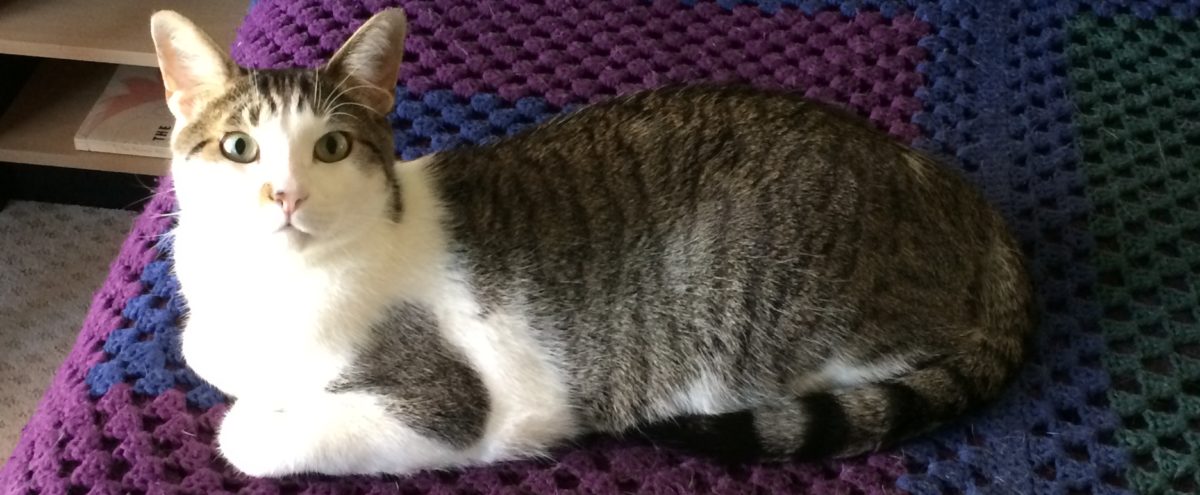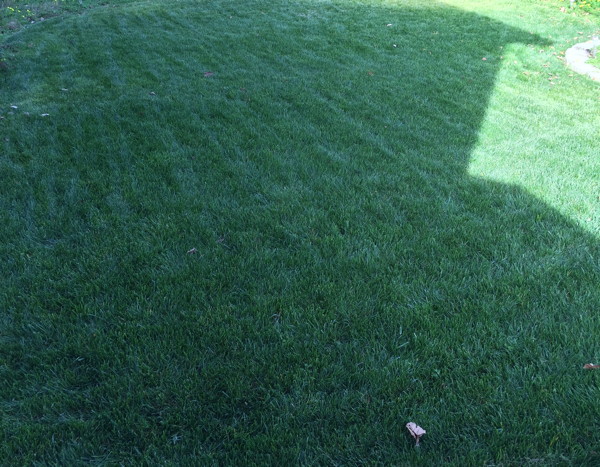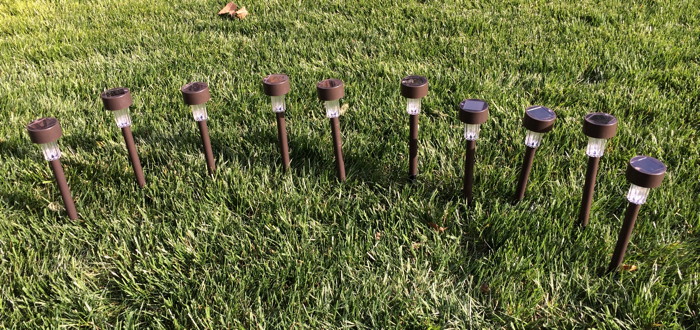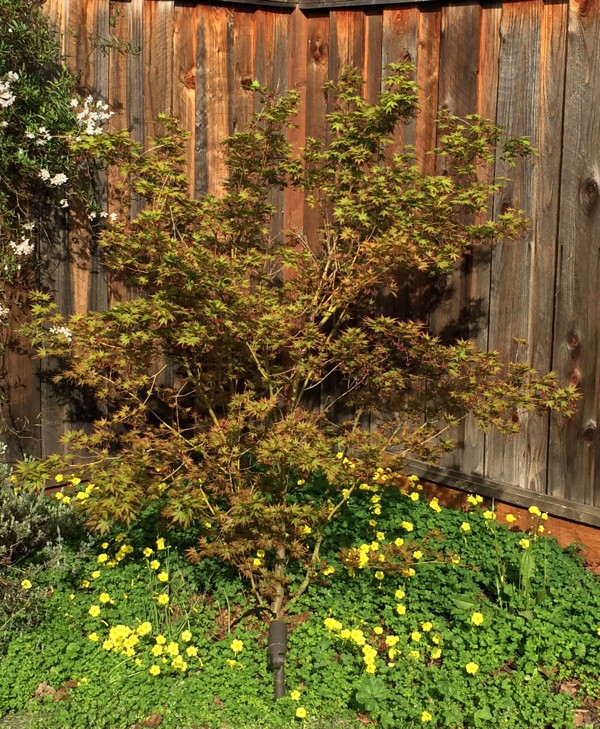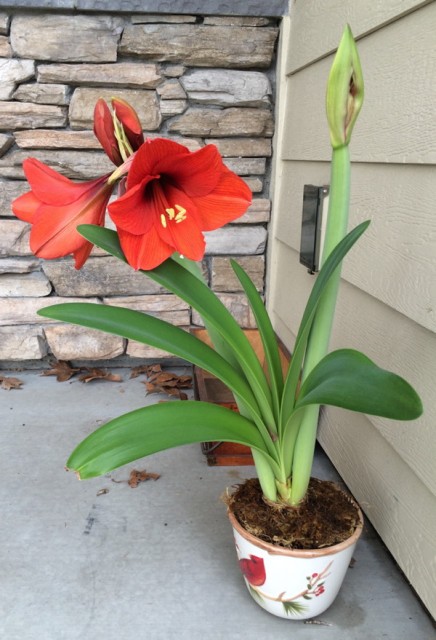With the biking season not so much around the corner as already here, I wanted to get a new bike to replace my venerable Bianchi Eros. I say “venerable” rather than “beloved” because it’s developed a pattern of popping spokes, despite having replaced the read wheel with a heavier rim several years ago. I bought the bike in 2002, so I feel I’ve gotten my money’s worth and didn’t feel any remorse about replacing it.
The Bianchi is a road bike, and I suspect that the thin rims and its overall design made it poorly suited to carry someone of my weight. So I wanted something with larger wheels, possibly more spokes. I was also leaning towards getting a hybrid bike, because I rarely use the drop-down handlebars on the Bianchi, and my occasional neck problems make it sometimes awkward to hold my head tilted up for long periods of time. So I’d be happy with a more vertical seating position.
Well, long story short, we went to the Bicycle Outfitter yesterday and worked with a very nice salesman named Scott where I ended up buying a Trek 7.4 FX, black with blue trim. While I won’t know until I’ve ridden for a while if it holds up without popping spokes, I’m optimistic. Debbi has a Trek (albeit one about as old as the Bianchi), and I know several other people with Trek bikes, so they seem pretty reliable, or at least popular.
And it is, amazingly, a heck of a lot lighter than the Bianchi (while costing a lot less than the Bianchi did 11+ years ago), and the Bianchi was dramatically lighter than the road bike it replaced. The shifting mechanisms are a little peculiar, in that they work in the reverse of my old bike (push left to upshift, right to downshift), but I’ll get used to that.
This morning I started moving my accessories from the Bianchi to the Trek. Some of them were easy, but the mount for the U-lock, and the rack over the rear wheel, were both vexing. And I couldn’t figure out how to get the pedals off of either bike to move the clip-ons to the Trek. So we took both bikes to the Outfitter. The pedals turned out to be easy, but the mount for the U-lock is just kind of crappy, so I bought a new one. And I also bought a new rack, since I think the rack I have predates the Bianchi, so it was probably time.
But finally the new bike was all set up, so we went out for a ride through Shoreline Park, on what was really a just about perfect day. The bike is pretty comfortable, and I like having my hands spread further apart as I ride. I still need to move my bell over from the Bianchi, though.
I have some things going on this week, but hopefully next week I’ll start biking to work. Should be fun!
